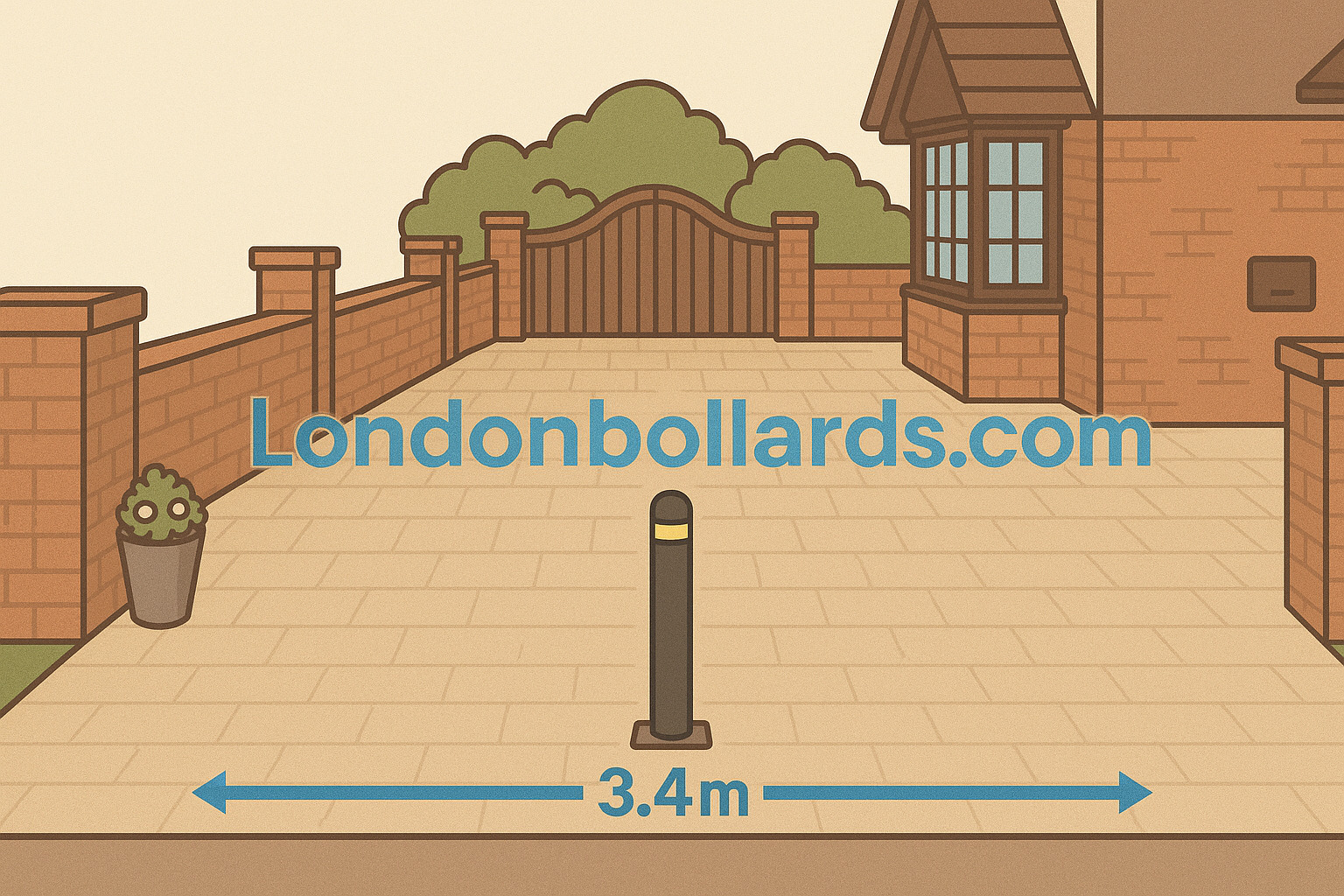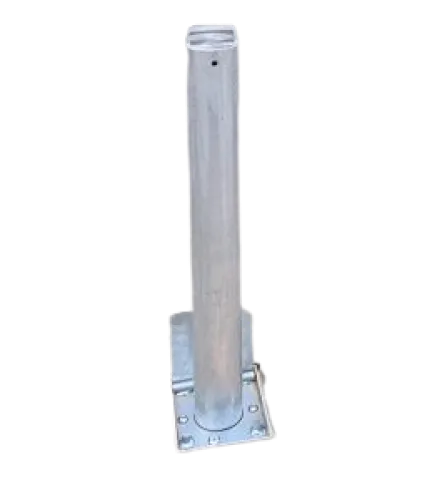- 1 Dorrington Close Barking IG11 9FD

Measure your driveway entrance. For driveways up to 3 meters wide, you’ll likely need 1 bollard. For wider driveways, you’ll need more. As a general rule, aim for a maximum gap of 1.2 meters between bollards to prevent vehicle access while allowing pedestrian traffic.
Here’s a more detailed guide:
When installing bollards, it’s important to carefully assess several key factors. Pedestrian access should be prioritized by maintaining at least 1 meter (3 feet) of spacing to ensure comfort and accessibility for all, including wheelchair users. For vehicle deterrence, the maximum gap between bollards should not exceed 1.2 meters, effectively preventing unauthorized vehicle entry. Ensuring compliance with UK regulations is also crucial, as the recommended maximum spacing of 1.2 meters helps maintain safety and legal standards. Finally, don’t overlook aesthetics and practicality—bollards should complement the surroundings while still allowing smooth pedestrian flow and convenient day-to-day use of the space.
Ensure bollards are spaced at least 3 feet (1 meter) apart to accommodate pedestrians, including those using wheelchairs, according to Ursa Gates.
In the UK, bollards must be spaced with a maximum gap of 1.2 meters to prevent vehicles from bypassing them, according to Ursa Gates.
For effective vehicle deterrence, keep the maximum gap between bollards to 1.2 meters, according to Ursa Gates.
Consider how the bollards will look and how they will impact pedestrian traffic and your daily use of the driveway.
